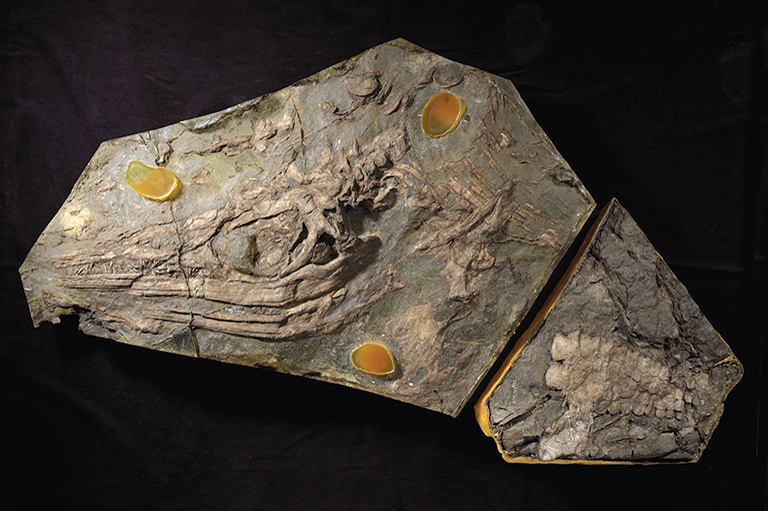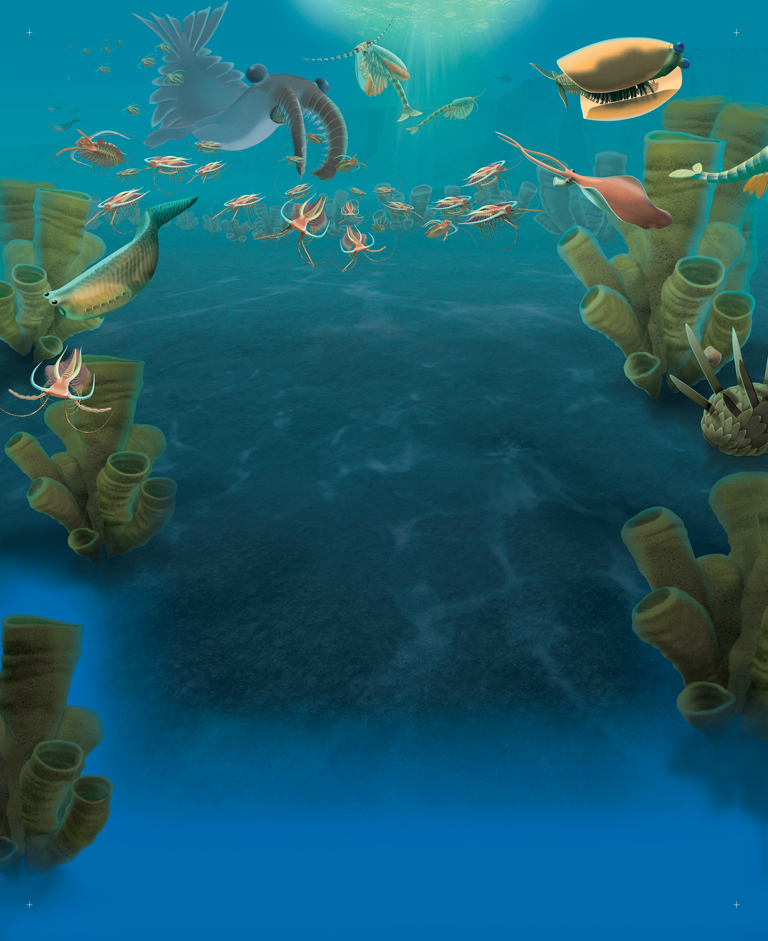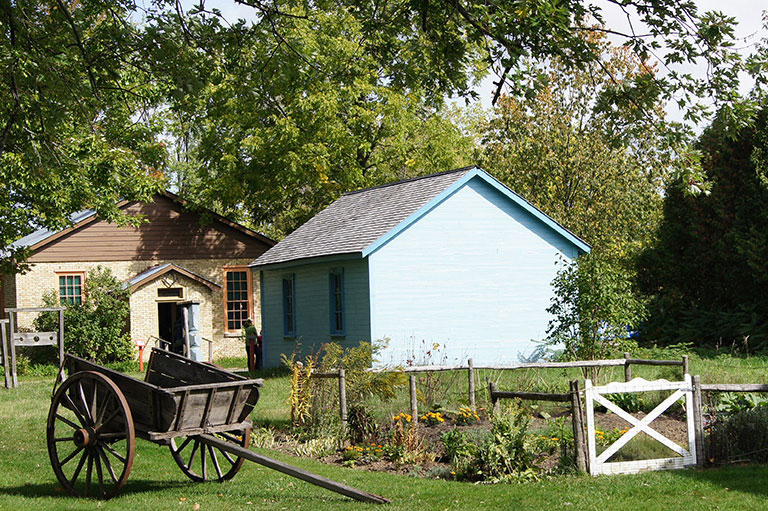Dawn of Life


The Royal Ontario Museum (ROM) in Toronto has launched a major new permanent exhibit, Dawn of Life, in its first new gallery space to open in a decade. The Willner Madge Gallery is home to the exhibit that traces the history of life on Earth from early microbes to the period when dinosaurs and mammals arose.
The ROM is deeply involved with paleontology research, and nearly a thousand fossils are part of Dawn of Life, including specimens from UNESCO World Heritage Sites across Canada. Those specimens include a four-billion-year-old banded iron formation from Inukjuak, Quebec, that has tubes made by microbes and is the earliest known evidence of life; billion-year-old stromatolites from the Northwest Territories and Ontario; fossils of multicellular life from the Mistaken Point Ecological Reserve in Newfoundland and Labrador; tree-like stumps from the Joggins Fossil Cliffs in Nova Scotia; a 226-million-year-old ichthyosaur from British Columbia; and trilobite fossils from across Canada and around the world.
Nearly two hundred fossils come from the Burgess Shale, in British Columbia’s Yoho and Kootenay national parks, an area renowned for the diversity of soft-bodied life forms that are preserved as fossils. A fifteen-metre-wide video display portrays how that ecosystem may have looked half a billion years ago, while large murals, touchable models, and an interactive game add to the experience for visitors.
With 7 uniquely curated newsletters to choose from, we have something for everyone.
Themes associated with this article
Advertisement




